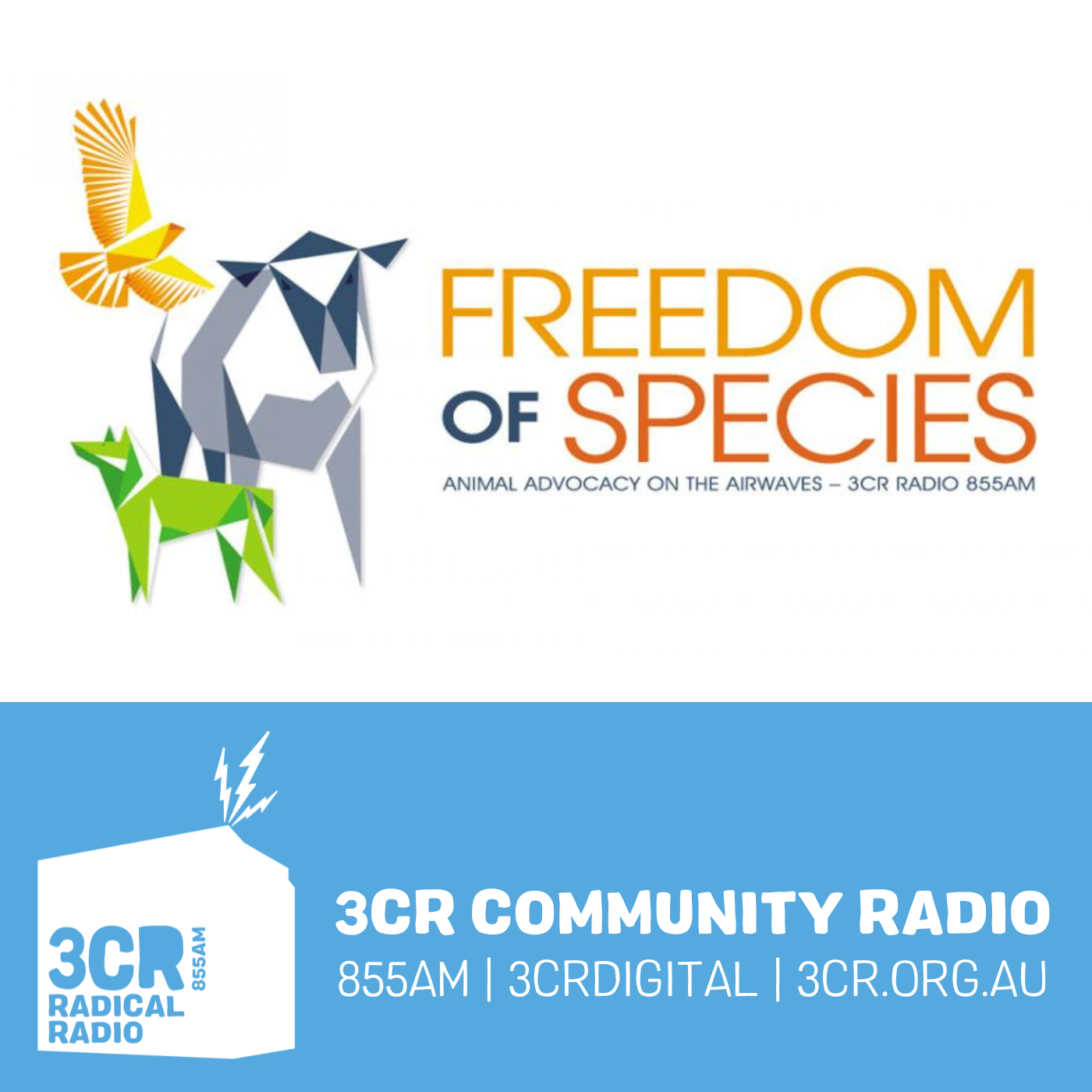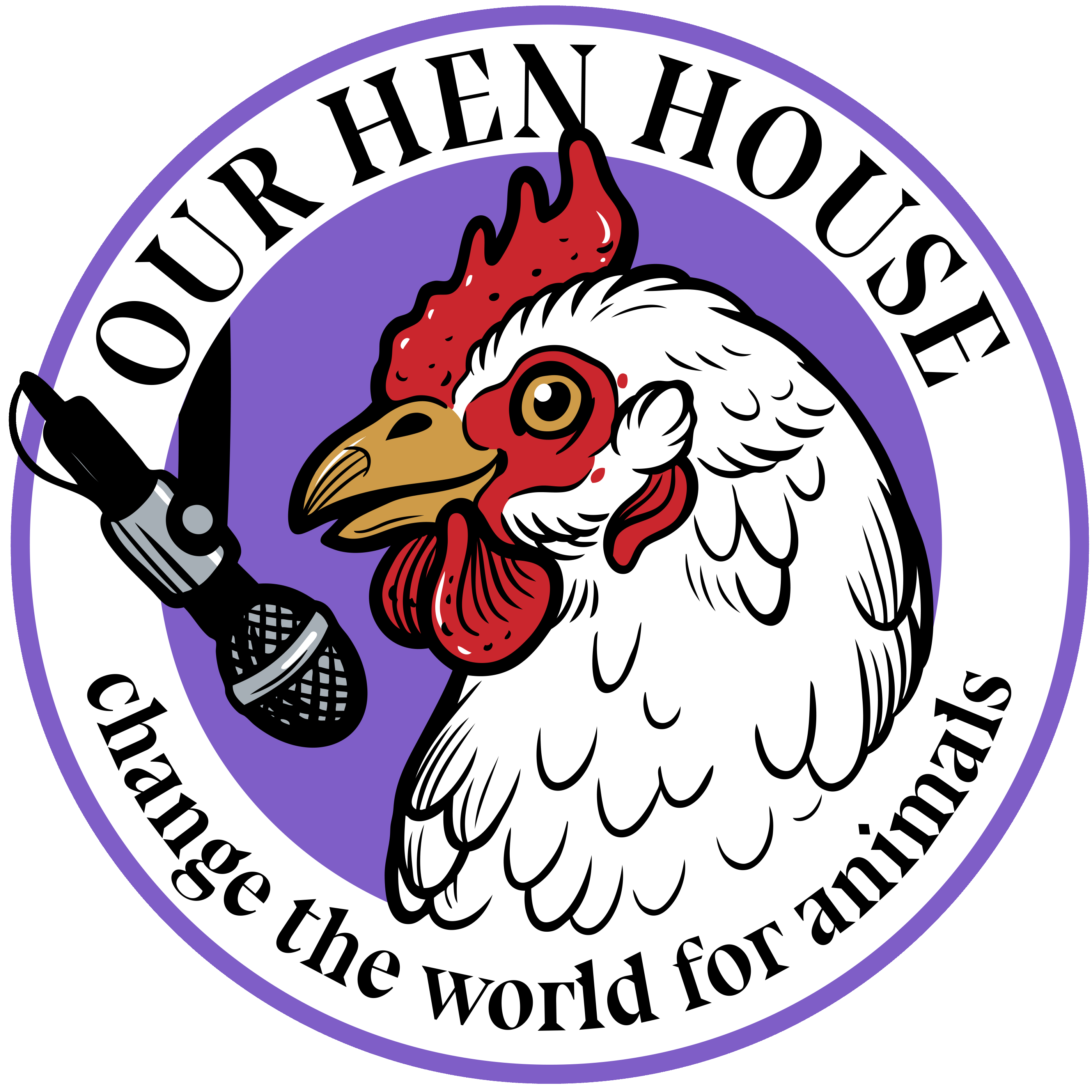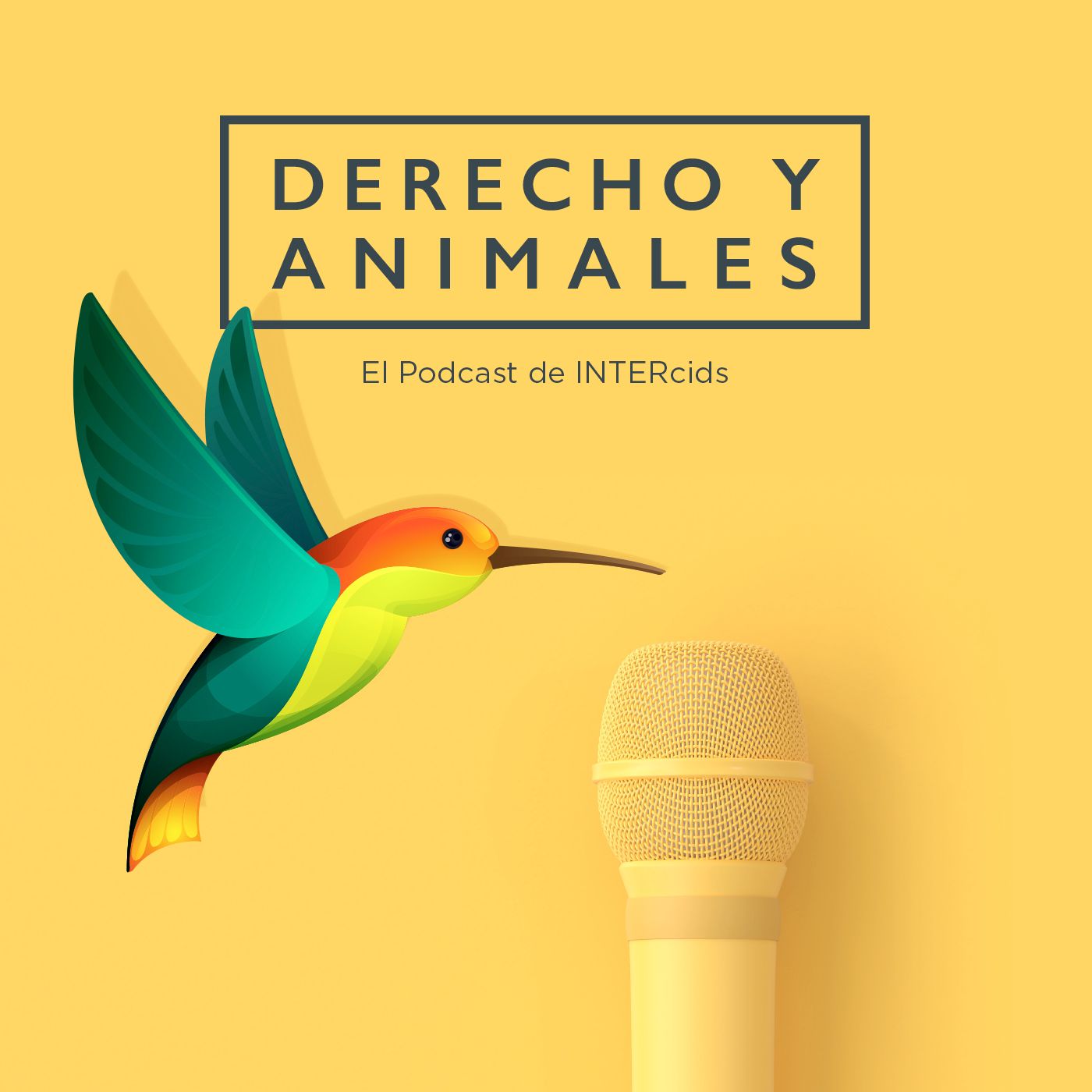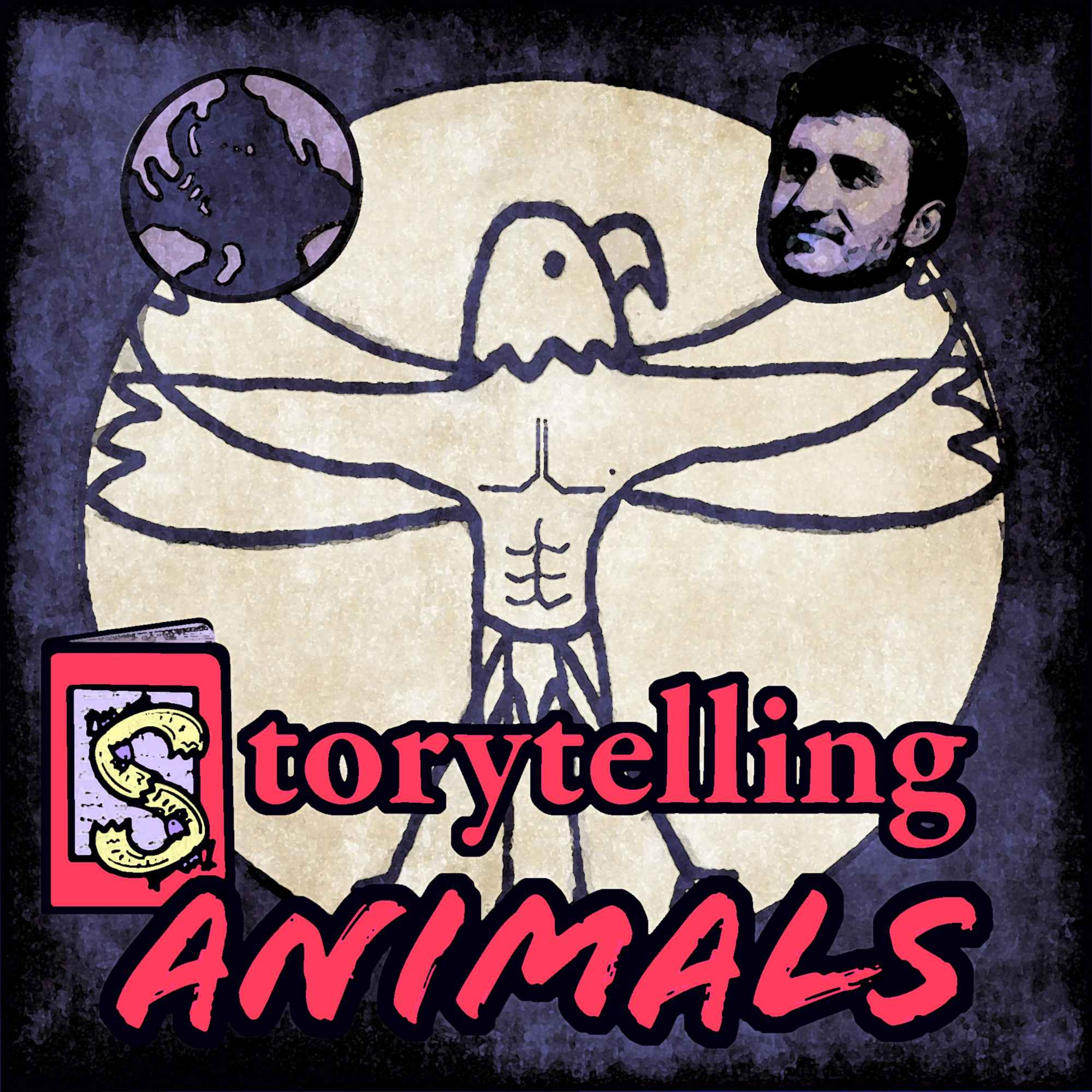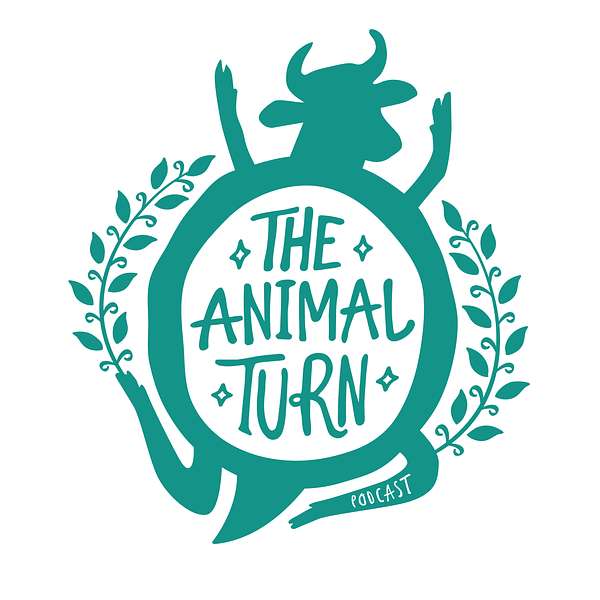
The Animal Turn
Animals are increasingly at the forefront of research questions – Not as shadows to human stories, or as beings we want to understand biologically, or for purely our benefit – but as beings who have histories, stories, and geographies of their own. Each season is set around themes with each episode unpacking a particular animal turn concept and its significance therein. Join Claudia Hirtenfelder as she delves into some of the most important ideas emerging out of this recent turn in scholarship, thinking, and being.
The Animal Turn
Bonus: Koalas with Danielle Clode
In this bonus episode Claudia talks to Danielle Clode about her recent book on koalas. They talk about koalas’ incredible bodies and some of their social dynamics, including koalas unique digestive and reproductive systems and their long-distance bellows.
Date Recorded: 10 April 2023.
Danielle Clode is a biologist and natural history author based at Flinders University in Adelaide, Australia. Danielle grew up in the fishing town of Port Lincoln in South Australia before sailing around the coast with her parents on a boat known as ‘the pirate ship’. After finishing school in far north Queensland, she moved to Adelaide to study politics and psychology. Danielle completed her doctorate in zoology at Oxford University, studying seabirds and feral mink in the Outer Hebrides of Scotland. Her books include Killers in Eden, which was made into an award-winning Australian Broadcasting Corporation TV documentary; Voyage to the South Seas, winner of the Victorian Premier’s Literary Award for Non-fiction; and The Wasp and the Orchid, which was shortlisted for the National Biography Award. Her most recent book is In Search of the Woman Who Sailed the World. Find out more about Danielle on her website and connect with her on Twitter.
Claudia (Towne) Hirtenfelder is the founder and host of The Animal Turn. She is a PhD Candidate in Geography and Planning at Queen’s University and is currently undertaking her own research project looking at the geographical and historical relationships between animals (specifically cows) and cities. She was awarded the AASA Award for Popular Communication for her work on the podcast. Contact Claudia via email (info@theanimalturnpodcast.com) or follow her on Twitter (@ClaudiaFTowne).
Featured:
Koala: A Natural History and an Uncertain Future by Danielle Clode.
The Animal Turn is part of the iROAR, an Animals Podcasting Network and can also be found on A.P.P.L.E, Twitter, and Instagram
Wild Times: Wildlife EducationWildlife mysteries, crazy news, and daring animal stories—listen now!
Listen on: Apple Podcasts Spotify
The Animal Turn is hosted and produced by Claudia Hirtenfelder and is part of the iROAR Network. It can also be found on A.P.P.L.E, Twitter, LinkedIn, You Tube, and Instagram Learn more about the show on our website.
00:00 - Introduction
03:30 – Welcome and a bit about Danielle
- Just finished reading the book.
- Such a well-known animal in Australia but hadn’t thought about them in such detail.
- Majored in psychology as was keen on animal behaviour.
- Focused on animal behaviour in the zoology department.
- Worked in science communication since finishing PhD.
- Combination of physical and social sciences seem to make wonderful writers.
- Lives in an area where koalas are fairly common and they are at the forefront of people’s minds.
08:46 – Marsupials
- It is a mammal but thy are pouched mammals, so they have a different reproductive system to that of placental mammals.
- Give birth to babies at the very early stage of development and then the baby goes into the pouch.
- They have two wombs.
- When the baby comes out they firmly attach themselves to their mother’s nipples in the pouch.
- Marsupials are abundant in the southern hemisphere, there are a lot in South America and Australia.
- Gliders, wombats, possums, moles, kangaroos.
- Because Australia is so isolated it has a diversified range of marsupials and they range in size and behaviour.
- “They are a completely different line of evolution when you look at mammal evolution,” Danielle
- There are three types of mammals
15:45 – Fossils and Megafauna
- Learning to read paleontology is a skill but started doing it from working in the Museum of Victoria.
- Insight into natural history collection and zoology.
- Giant sloths, woolly mammoths are not in Australia
- Australia had giant Diprotodon, there was also a giant possum carnivore.
- Tasmanian tiger was hunted to extinction by colonizers.
- They are part of the original marsupial fauna in Australia.
- They are identified through their teeth – have fossils that are 24,000 years old
20:26 – Eucalyptus and Koalas Digestion
- There is a wide variety of eucalyptus trees.
- Blue gums are one of Australia’s best exports.
- They are the dominant forest of South Australia, and they are very difficult to eat – so Koalas are very specialized and only eat some of these species.
- Habitat fragmentation has divided these forests.
- They can be toxic, and koalas can eat up to seventy of them but tend to eat only about 7 of them because they have a very specialized biome.
- Babies are inoculated by their mothers with some gut biome.
- It’s called pap feeding – she releases a certain part of her cecum and it contains “microbial soup.” The mother’s flush “this bright green soup” “but the young joeys love it” – and after the have eaten it they can start eating gum leaves.
- Koala live deals with the toxins in the eucalyptus.
- But there are many eucalyptus that they can’t eat that’s why “one koala needs a forest the size of an average sports field to support it”
29:14 Koala hands and feet
- They have two thumbs on each hands
- On their feet they have a single toe with two claws, this is a feature of marsupials. They have fused digits.
- Sophisticated and well adapted animal
31:00 – Social Lives.
- Young horse investigating a koala and the two animals reached out and they bumped noses.
- Bopping noses is a typical greeting pattern for koalas
- Young koalas are curious and they don’t have a strong flight response.
- The primary predator response is to climb up a tree.
- “They are not flighty animals,” Danielle
- They commonly approach humans “but I am sure they must approach other animals,” Danielle
- We don’t really know what their social interactions are, they happen on a slow time frame, a long way from humans.
34:00 – Humans in the Story
- Wanted to get away from the human centred approach of how we write about animals.
- “The humans come into the story at the end of the book,” Danielle
- Re-ordering the story changed the narrative
- “You started with koalas and what their interests are,” Claudia
37:00 – Koala Communication
- They are long distance communicators
- “They have this really deep-throaty, grunty bellow, that carries a long distance,” Danielle.
- Usually males below but some females.
- This is part of their social lives
- Koalas leave chemical signals on trees by rubbing them or peeing on them.
- Koalas will sniff a tree first before they climb it.
- “Our approach to understanding other animals is shaped by our biology,” Danielle.
- The signposting that’ going on that we are completely oblivious too.
- Humans struggle to understand the chemical communication of others.
- “That invisible world is really interesting,” Danielle.
40:48 - Intelligence and adaptability
- We use ourselves as a measure of intelligence but it is better to think about it as adaptability.
- Koalas are showing this kind of adaptability.
- “There are a lot of interesting thigs going on that we don’t give them credit for because they don’t look and sound and behave like us,” Danielle
- Calling a group of kangaroos, a mob.
- The idea that you need leaders to be social.
- Humans can also be stubborn.
45:36 – Fire, Forest Fragmentation, and Koalas.
- Has a high level of mammal extinctions of animals in the world.
- Species in Australia haven’t faced so much pressure but in the last 200 years they faced intense threats with the introduction of new species.
- Massive deforestation is impacting koalas.
- Deforestation happening along rivers for farming land and this has disrupted core forests and fragmented them.
- Impact of fire is more devastating when forests are fragmented.
- When an entire area is hit there is nowhere else for these animals to go and this can result in localised extinction.
- Also facing higher levels of disease because of forest fragmentation.
- They are struggling particularly on the east coast.
- Koalas are resistant to a lot of treatment because of their sophisticated livers.
- Gladys Kalema-Zikusoka spoke about gorillas needing more space, “there is no space for them to grow into,” Claudia.
- We are still destroying forests – mining agriculture, and forestry all exempt. The states that are struggling with koalas are still struggling with land clearance.
- Need at least 30% indigenous forests, and its only 10%
49:00 – Cities and the Future
- Koalas are willing to live in cities if there are a few adjustments.
- Cities offer a range of exciting opportunities, but we need better policies and planning.
53:15 – Quote
- “Over the course of their evolutionary history, koalas have responded to climate change, disease, changing forests, increasing aridity, predation and hunting. And they have survived. But the Black Summer fires proved just how easy it is to lose a huge number of koalas in just a few months. It’s a perfect storm for catastrophic extinction. No matter how resilient they are, I’m not sure how well they are going to cope with all the threats they are currently facing, nor the speed with which they are intensifying. And to be honest, I’m not entirely sure how well we are going to cope either.” (Danielle Clode, page 278).
54:00 – What are you working on now?
- Find out more about Danielle on her website and connect with her on Twitter.
- Climate change has been at the heart of what Danielle does so exploring more narrative approaches to present solutions.
- Need to start coming up with ways of imagining a new tomorrow.
55:20 - Thank you








